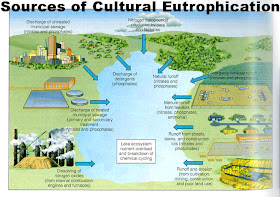Hey people,
I will be covering the World News worksheet based on the articles on drought in France and Australia.
What is the climate? Where is the country located? What is happening?
France is located in Europe, with a temperate climate, and a rather moderate amount of rainfall is facing water shortages due to drought and dry weather.
Australia has an arid climate, low rainfall and high temperature is facing heavy downpours. Queensland is hit by cyclone, Perth, which was threatened with cyclone, is suffering from bushfires and Sydney is suffering from heat waves.
Why? How?
France is facing the worst water shortage since 1976, due to drought and dry weather. Reservoirs and rivers are drying up so fishes and crops are dying. Fines and patrols of “water police” were put in place to enforce restrictions on irrigation and ensure that people do not waste water. Resulting in many people loses money from their farms and more people become unemployed. This could have been a result of higher amount of carbon dioxide, which causes more heat to be trapped in our atmosphere, so lakes start to evaporate and drought occurs.
Australia is facing heavy downpours. One of the biggest cyclones hit Queensland, Perth threatened with a cyclone last week is currently suffering from bush fires, while Sydney is suffering from heat waves. This could be due to the increase in evaporation from lakes due to increase heat trapped in the atmosphere, so the amount of water vapor in the atmosphere increases, causing heavy downpours.
Effects
The above would lead to the people being injured and even death. Buildings are damaged, livestock are killed and people would become homeless and suffer from hunger. The food industry will be affected, since the supply of food decreases while the demand of the people increases. If the problem persists, food prices will rise. Bushfires would damage more plants and increase the amount of carbon dioxide in the atmosphere through the burning of plants. Also, there are lesser plants to recycle carbon dioxide for oxygen. So the heat budget becomes even more imbalance as more carbon dioxide traps heat in the atmosphere. Leading to long-term effects such as temperatures rising, glaciers melting and rising of water level.
Picture of Carbon cycle and heat budget
Done by: Lydia :)


